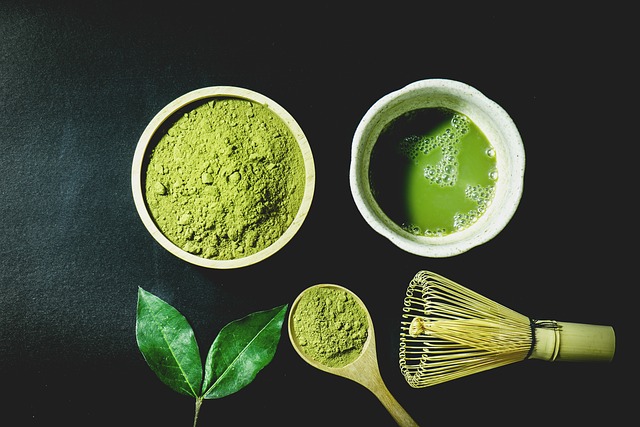How to Craft the Perfect Tea Pairing
Whether you’re keeping it dry or focusing on your diet, chances are you might feel a few FOMO feelings if you’re not able to enjoy a fancy meal with a glass of wine. These tips and recipes on How to Craft the Perfect Tea Pairing will show you how it’s possible to still enjoy something decadent without any drops of regret using Green Tea in a multitude of ways. All the information was handed down during an exceptional dinner at Nobu in Los Angeles curated by JFOODO.
*This piece contains affiliate links to make crafting your tea pairing even easier. Thank you for considering the click.
Vary your Varietals
Did you know that all tea comes from the same plant? Yep, Green, White, Black – same plant, different oxidation. For this tea pairing, we will be focusing on Green Tea, but there’s much more to it than just grabbing the first box you see at Trader Joe’s. That being said, you also don’t need to spend a lot of money on the perfect Matcha either (more on that later).
To plan the perfect tea pairing, you’ll start by learning about the different types of Green Tea: Sencha, Gyokuro, Matcha, Hojicha, and Genmaicha. Once you know a little bit about each one, you can decide which is best to pair with your particular meal.
Sencha is among the most popular and widely found, with notes of fresh grass and a slight sweetness. Gyokuro is known for having more L-Theanine because it’s grown in the shade, which helps with sleep and stress. The taste is more floral and oceanic on this one.
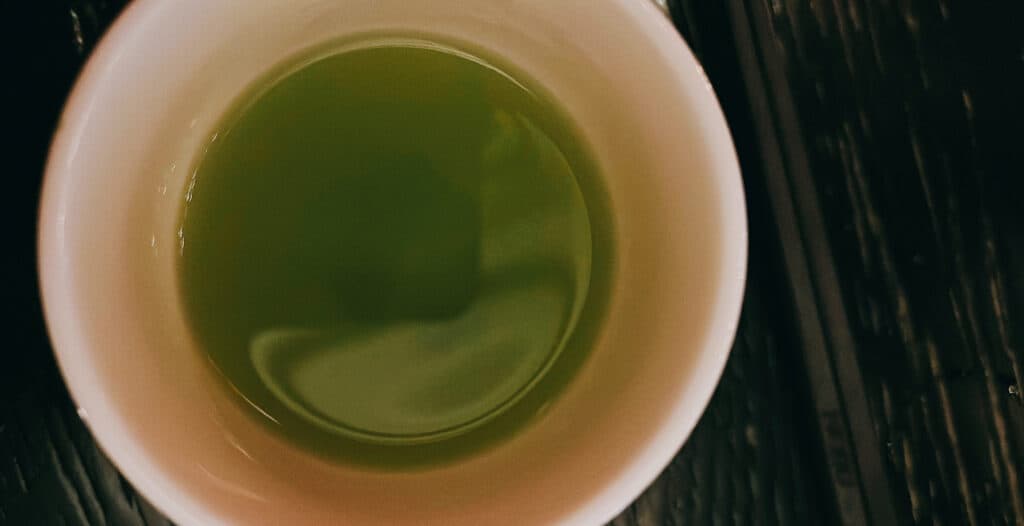
Matcha is probably the most widely known and available, but did you know the regions that produce Gyokuro also produce Matcha? It’s shaded for 20 to 30 days and then dried and milled. Tasting notes include spinach, seaweed, and fresh greens. It’s probably the most intense of the green tea experiences.
Hojicha is known as the “table wine” of green tea in Japan and has lower caffeine – which is perfect for an evening tea pairing. It’s toasty and nutty on the palate.
Lastly, Genmaicha is sometimes called “popcorn tea” because it resembles popcorn and contains roasted brown rice. It’s also sweet and nutty.
Watch your Water
Zach Mangan, Tea Expert for JFOODO and Owner of Kettl in New York City and Los Angeles explains that not all tea should be brewed the same and should be made with “soft water.” Gyokuro should be brewed at 120 degrees Fahrenheit, while Sencha and Matcha brew best at 180 degrees. Genmaicha and Hojicha can be brewed at temperatures of 180 to 200 degrees Fahrenheit.
Realistically, will you be sitting with a kettle and a thermometer, though? Probably not, but just keep in mind that for the familiar Sencha and Matcha teas that you might be brewing on the daily, you should let the water cool a bit before pouring it over the tea.
Always use filtered water versus tap to achieve the basics of soft water.
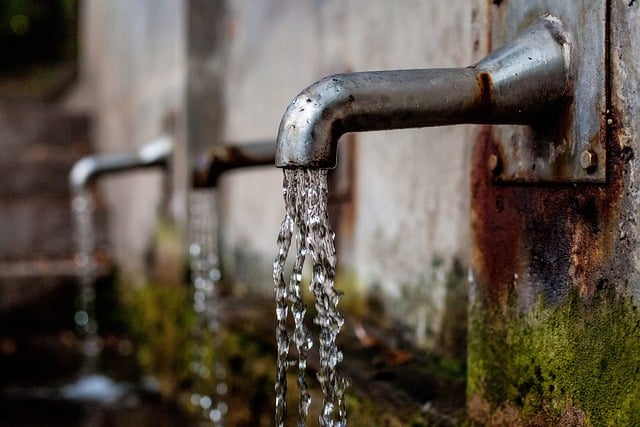
First Course: Champagne Tea Pairing
Recreate a welcome glass of bubbly for your first course with this recipe for Sparkling Oxidized Tea from Zach Mangan.
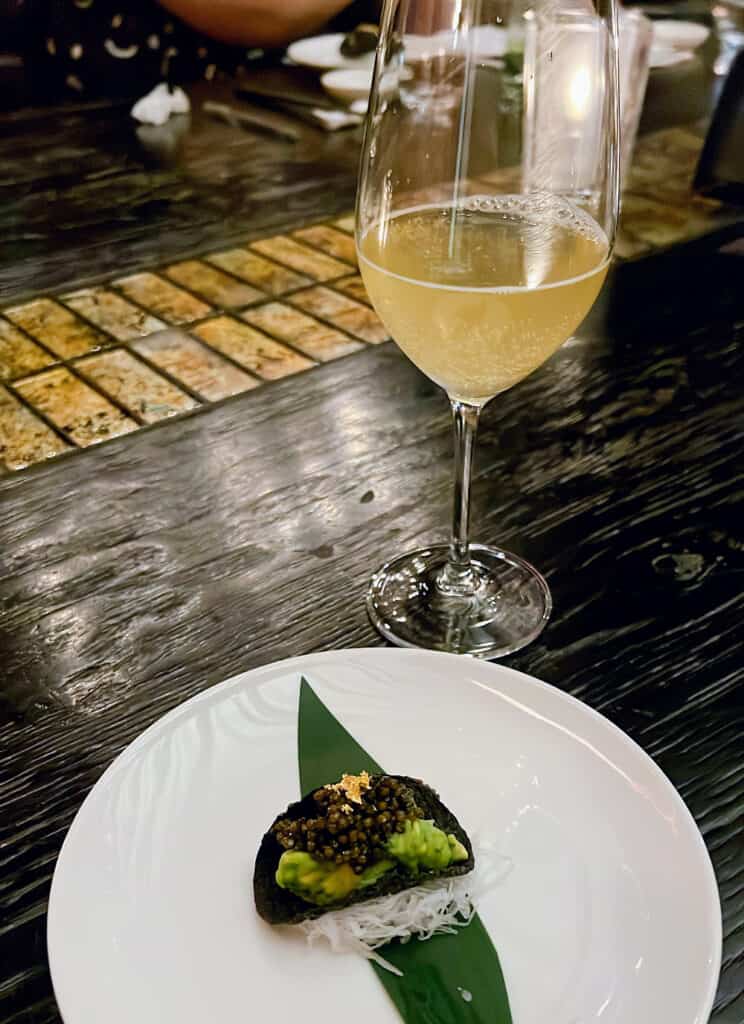
Sparkling Oxidized Tea
Ingredients
- Sencha Green Tea Leaf
- Carbonated Water
Directions
- Add 1 tablespoon of tea leaf to a glass carafe
- Combine 12 ounces of cold carbonated water with the tea leaves
- Brew in the fridge for 24 hours, strain the leaves, and add an additional 12 ounces of carbonated water
- Serve cold
Second Course: Matcha Mocktails
Another recipe from Zach Mangan, this Matcha Mocktail, just might become the star of your whole dinner, and you won’t even miss the alcohol! It pairs well with almost everything, so I love it for a main course. The recipe below has directions on how to make Cucumber Mint Syrup as well, but if you find you don’t have the time – you can pour the tea over cucumbers, simple syrup, and mint.
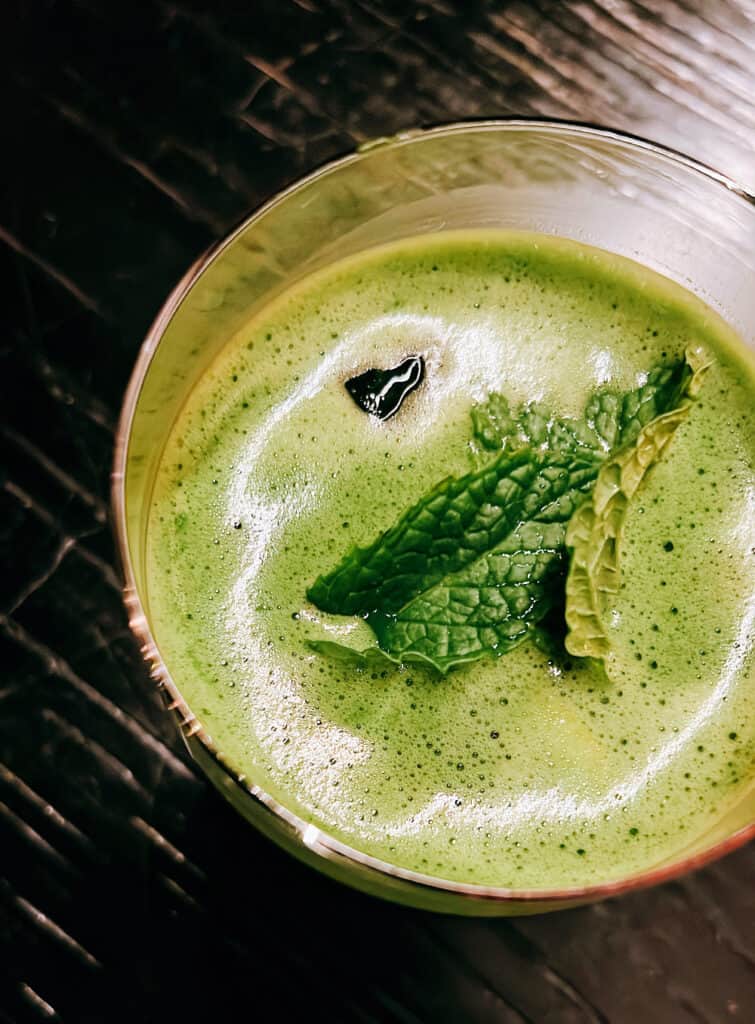
Matcha Mocktail with Cucumber Mint Syrup
Ingredients
- 4 Cups of Sugar
- 4 Cups of Hot Water
- 1.5 Tablespoons of Mint Leaves removed from Stems
- 6 Sprigs of mint
- Whole English Cucumber Quartered and Sliced Thin
- 1/2 Tablespoon Matcha
- 1/2 Cup Sparkling Water
Directions
- Add four cups of sugar to hot water to make fresh, simple syrup
- Stir in mint while the water is hot and steep for 20 minutes before straining
- When the syrup has cooled, slice the cucumber in and allow it to steep overnight
- Bottle, label, and date your syrup. It should be good for a month
- Now fill a rocks glass with ice and 6 sprigs of mint
- Add 1 tablespoon of Simple Syrup
- Fill the glass 3/4 of the way full with sparkling water
- Whisk 1/2 tablespoon of Matcha with 1/4 cup of hot water
- Combine and enjoy after cooling
Final Course: Fish or Dessert
For the final course, we will be “heating things up” by adding in a Hot Tea. This is great for cutting the fat in a Fish Dish if you’d like to keep the meal going or complimenting a dessert like a Cheesecake if three courses are just what you’re looking for. This tea was originally paired by Chef Matt Hoyle of Nobu to go with Nigiri. A roasted Houjicha is one of Japan’s “most cherished teas.”
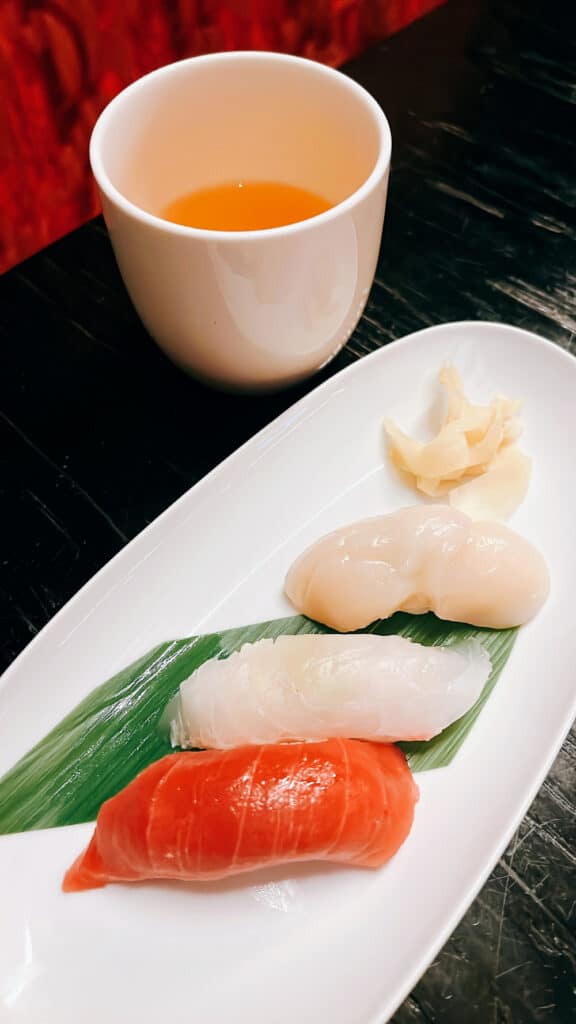
House Roasted Houjicha Tea
Ingredients
- 1 Tablespoon Loose Leaf Houjicha
- 1 Cup of Water
Directions
- Add 1 tablespoon of Houjicha to a tea pot
- Pour over 1 cup of water at 90 Degrees
- Brew for 1 minute
- Strain and Enjoy warm
4 Tips for Buying Tea
Often, with tea and especially with Matcha, it can feel like if you’re not spending a lot of money, you aren’t getting the right one. These tips from Zach Mangan help clarify the marketplace.
- Don’t buy anything with buzzwords like “Detox” – because they are probably overcharging.
- If a particular package includes the region it was grown, it’s probably a good one to buy.
- The package should include a Date Stamp, 9 to 12 months realistically.
- Price does track to quality usually, but you don’t need to break the bank if you follow steps 1 to 3.
I love the online store Rishi for its well-priced, thoughtfully sourced Loose Leaf Tea. They have almost all forms of Houjicha, Matcha, and Sencha – from leaves to powders – so you can recreate this pairing for yourself at home in one shopping trip as well as pick up any tools you might need, like a Bamboo Matcha Whisk.
